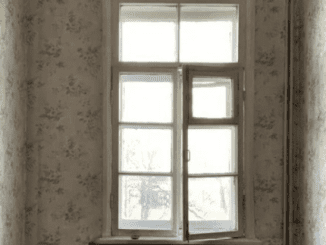
A coffee percolator is a type of pot used for the brewing of coffee by continually cycling the boiling or nearly boiling brew through the grounds using gravity until the required strength is reached. The grounds are held in a perforated metal filter basket
Coffee percolators once enjoyed great popularity but were supplanted in the early 1970s by automatic drip-brew coffeemakers. Percolators often expose the grounds to higher temperatures than other brewing methods, and may recirculate already brewed coffee through the beans. As a result, coffee brewed with a percolator is particularly susceptible to overextraction. However, percolator enthusiasts maintain that the potential pitfalls of this brewing method can be eliminated by careful control of the brewing process.
Brewing process
A coffee percolator consists of a pot with a chamber at the bottom which is nearest to the heat source. A removable vertical tube leads from there to the top of the percolator. Just below the upper end of this tube is a perforated metal filter “basket” to hold the grounds to be brewed.
Water is poured into the pot, keeping the level below the bottom of the basket, and the desired amount of a fairly coarse-ground coffee is placed in the basket.
The percolator is placed on a range or stove, heating the water in the bottom chamber. Water at the very bottom of the chamber gets hot first and starts to boil. The boiling creates bubbles of steam that are directed up the vertical tube, pushing hot water along with it up and out the top of the tube in a process similar to the principle behind a gas lift pump. The hot water hits the underside of the lid, and flows out and over the inner lid of the coffee basket. Perforations in the inner lid distribute the water over the top of the coffee grounds in the basket. From there the freshly brewed coffee drips into the gradually warming water below. This whole cycle repeats continuously, making the characteristic intermittent “perking” sound of the hot water hitting the underside of the lid.
As the brewing coffee nears the boiling point, the “perking” sound becomes a continuous gurgle, signaling that the coffee is ready to drink. In a manual percolator the pot is removed from the stove or the heat reduced to stop the percolation. Brewed coffee left continuously percolating at the boiling point will over extract, making the resulting coffee harsh and excessively bitter.
Some coffee percolators have an integral electric heating element and are not used on a stove. Most of these automatically reduce the heat at the end of the brewing phase, keeping the coffee at drinking temperature but not boiling.
Usage
Large percolators, called coffee urns, are often found in use at offices, cafeterias, community events, church gatherings and other large group activities where large quantities of coffee are needed at one time.
Percolators are also popular among campers and other nature enthusiasts because of their ability to make coffee without electricity, although a simple filter holder can also be used with boiled water poured from a pot. Non-pressure percolators may also be used with paper filters.


